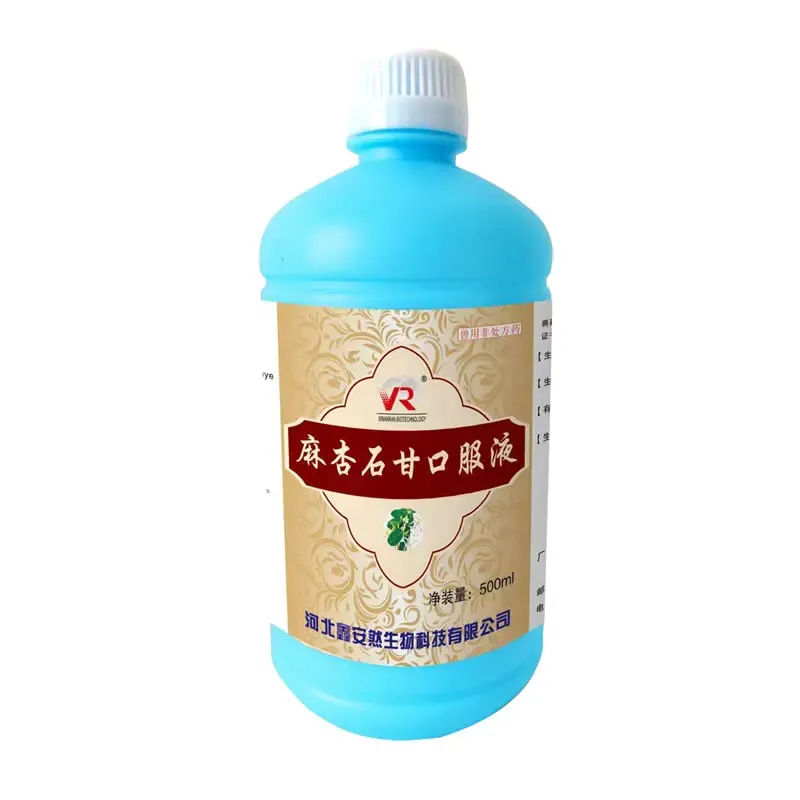- Afrikaans
- Albanian
- Amharic
- Arabic
- Armenian
- Azerbaijani
- Basque
- Belarusian
- Bengali
- Bosnian
- Bulgarian
- Catalan
- Cebuano
- Corsican
- Croatian
- Czech
- Danish
- Dutch
- English
- Esperanto
- Estonian
- Finnish
- French
- Frisian
- Galician
- Georgian
- German
- Greek
- Gujarati
- Haitian Creole
- hausa
- hawaiian
- Hebrew
- Hindi
- Miao
- Hungarian
- Icelandic
- igbo
- Indonesian
- irish
- Italian
- Japanese
- Javanese
- Kannada
- kazakh
- Khmer
- Rwandese
- Korean
- Kurdish
- Kyrgyz
- Lao
- Latin
- Latvian
- Lithuanian
- Luxembourgish
- Macedonian
- Malgashi
- Malay
- Malayalam
- Maltese
- Maori
- Marathi
- Mongolian
- Myanmar
- Nepali
- Norwegian
- Norwegian
- Occitan
- Pashto
- Persian
- Polish
- Portuguese
- Punjabi
- Romanian
- Russian
- Samoan
- Scottish Gaelic
- Serbian
- Sesotho
- Shona
- Sindhi
- Sinhala
- Slovak
- Slovenian
- Somali
- Spanish
- Sundanese
- Swahili
- Swedish
- Tagalog
- Tajik
- Tamil
- Tatar
- Telugu
- Thai
- Turkish
- Turkmen
- Ukrainian
- Urdu
- Uighur
- Uzbek
- Vietnamese
- Welsh
- Bantu
- Yiddish
- Yoruba
- Zulu
9 月 . 28, 2024 09:53 Back to list
Tylosin Injection Uses and Benefits for Animal Health and Veterinary Care
Tylosin Injection An Overview
Tylosin, a macrolide antibiotic, is widely used in veterinary medicine, particularly in the treatment of various infections in livestock and poultry. Originally derived from the fermentation of the bacterium *Streptomyces fradiae*, tylosin possesses a broad spectrum of antibacterial activity, making it a valuable therapeutic agent in animal health. This article will explore the uses, mechanisms of action, administration, and considerations associated with tylosin injection.
Uses of Tylosin Injection
Tylosin is primarily used to treat respiratory and gastrointestinal infections in animals. It is effective against a variety of Gram-positive bacteria, some Gram-negative bacteria, and certain mycoplasmas. Common applications include the treatment of chronic respiratory disease (CRD) in poultry, swine dysentery, and other bacterial infections in cattle, sheep, and goats. Additionally, tylosin has been used in feed formulations to promote growth and improve feed efficiency, although the use of antibiotics for growth promotion is increasingly scrutinized due to concerns about antibiotic resistance.
Mechanism of Action
Tylosin works by inhibiting bacterial protein synthesis, a critical process for bacterial growth and multiplication. It binds to the 50S subunit of the bacterial ribosome, preventing the formation of peptide bonds during protein synthesis. This action results in the cessation of bacterial growth, allowing the host's immune system to effectively eliminate the infection. Due to its mechanism, tylosin is bacteriostatic; however, at higher concentrations, it can exhibit bactericidal effects.
Administration of Tylosin Injection
Tylosin is typically administered via intramuscular or subcutaneous injection, although it may also be delivered intravenously in specific cases. The dosage and duration of treatment depend on the type of animal being treated, the severity of the infection, and the veterinarian's recommendations. It is critical to follow proper administration techniques to minimize discomfort and complications. Animal owners should ensure that injections are given in clean and sterile conditions to reduce the risk of infection.
tylosin injection

Safety and Precautions
While tylosin is generally safe for use in animals, there are several precautions that owners and veterinarians should take into account. First, tylosin should not be used in animals that are hypersensitive to the drug or in those with known liver or kidney issues. Additionally, care should be taken when administering tylosin to pregnant or lactating animals, as the effects on the fetus or nursing offspring have not been extensively studied.
Side effects are rare but can include local irritation at the injection site, gastrointestinal upset, and in some cases, allergic reactions. Continuous monitoring of the animal’s condition during treatment is crucial to identify any adverse reactions early.
Importance of Responsible Use
The rising concerns about antibiotic resistance in both veterinary and human medicine emphasize the importance of responsible antibiotic use. The use of tylosin, like other antibiotics, should be based on a proper diagnosis and guided by veterinary recommendations. Preventative measures, such as good husbandry practices, vaccination, and biosecurity, should be prioritized to reduce the reliance on antibiotics and improve overall animal health.
Conclusion
Tylosin injection remains a significant tool in the management of bacterial infections in veterinary medicine. Its broad-spectrum activity and efficacy make it a valuable asset for livestock and poultry producers. However, its use must be balanced with considerations for safety, resistance development, and ethical implications. By adhering to responsible usage guidelines and collaborating with veterinarians, animal owners can help ensure that tylosin and similar antibiotics remain effective for future generations. Understanding the pharmacological aspects, potential side effects, and correct administration techniques will contribute to better health outcomes for animals, thereby supporting the overall sustainability of livestock production.
-
The Power of Radix Isatidis Extract for Your Health and Wellness
NewsOct.29,2024
-
Neomycin Sulfate Soluble Powder: A Versatile Solution for Pet Health
NewsOct.29,2024
-
Lincomycin Hydrochloride Soluble Powder – The Essential Solution
NewsOct.29,2024
-
Garamycin Gentamicin Sulfate for Effective Infection Control
NewsOct.29,2024
-
Doxycycline Hyclate Soluble Powder: Your Antibiotic Needs
NewsOct.29,2024
-
Tilmicosin Premix: The Ultimate Solution for Poultry Health
NewsOct.29,2024













